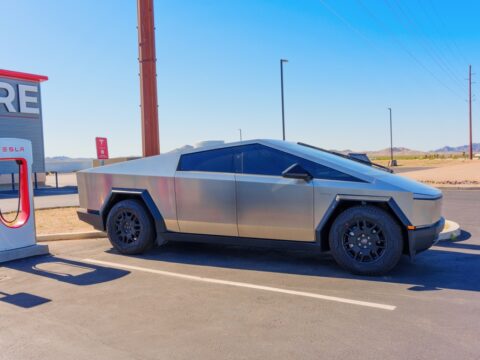Utility vehicles are designed for practicality and performance, but not all hit the mark when it comes to style. Some models, despite their functionality, have failed to impress with their design. Here are some utility vehicles that missed the mark on style.
Contents
Pontiac Aztek (2001-2005)
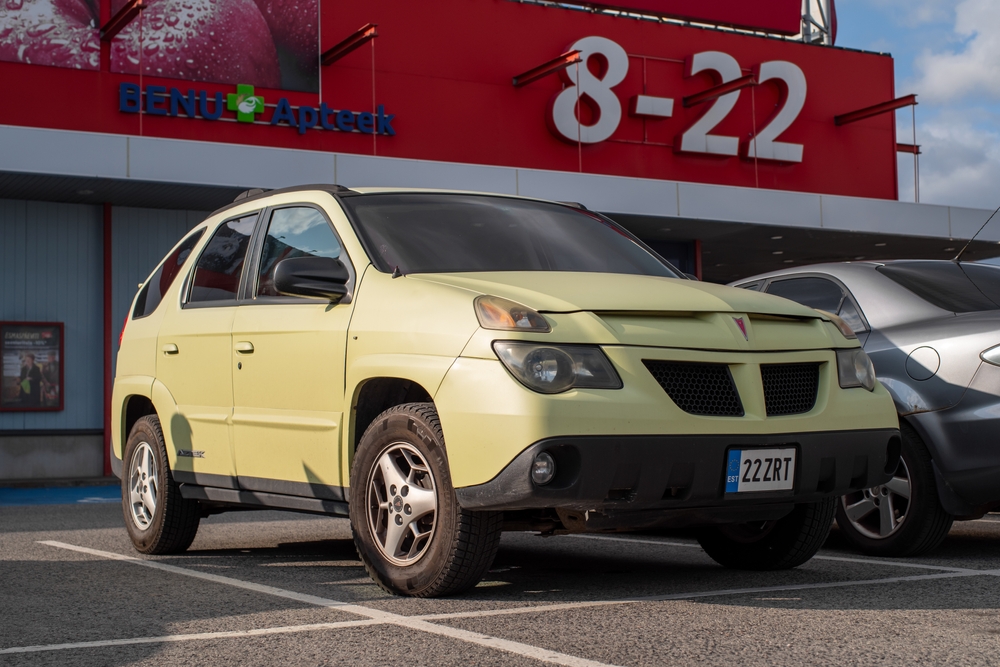
The Pontiac Aztek, produced from 2001 to 2005, is often cited as one of the ugliest vehicles ever made. Its awkward, boxy design with mismatched body cladding and a split rear window gave it a disjointed appearance. Despite its practicality and innovative features, such as a built-in tent and cooler, the Aztek’s styling failed to resonate with consumers. Its 3.4-liter V6 engine provided adequate performance, but the vehicle’s unappealing aesthetics overshadowed its utility.
Nissan Juke (2010-2019)
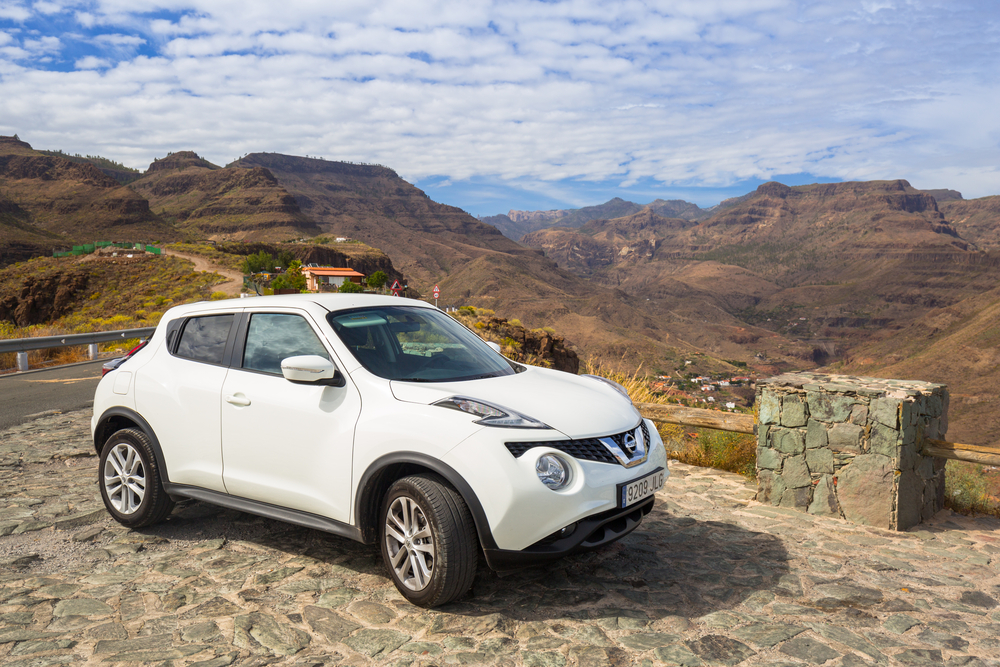
The Nissan Juke, introduced in 2010, featured a polarizing design that many found unattractive. Its frog-like front end with oversized, round headlights placed high on the hood, combined with a sloping roofline, created an unconventional look. Despite its sporty handling and turbocharged 1.6-liter engine, the Juke’s styling divided opinions and limited its appeal, leading to its discontinuation in 2019.
Honda Element (2003-2011)

The Honda Element, produced from 2003 to 2011, was designed to appeal to outdoor enthusiasts with its boxy shape and utilitarian features. However, its styling missed the mark for many consumers. The flat, upright body panels and clamshell doors gave it a utilitarian, almost industrial look that lacked the refinement and aesthetics of its competitors. The Element’s 2.4-liter four-cylinder engine and spacious, versatile interior were overshadowed by its unappealing exterior design.
Toyota FJ Cruiser (2006-2014)

The Toyota FJ Cruiser, produced from 2006 to 2014, aimed to revive the spirit of the classic FJ40 Land Cruiser with its retro design. However, its bulky, toy-like appearance, large round headlights, and contrasting white roof made it look cartoonish to many. Despite its excellent off-road capabilities and 4.0-liter V6 engine, the FJ Cruiser’s styling limited its broader appeal.
Subaru Baja (2002-2006)

The Subaru Baja, produced from 2002 to 2006, was a compact utility vehicle that combined elements of a car and a pickup truck. Its unusual design, with a truncated truck bed and awkward proportions, failed to capture the imagination of buyers. The Baja’s 2.5-liter four-cylinder engine provided decent performance, but its quirky styling and limited utility ultimately led to its demise.
Ford Flex (2009-2019)

The Ford Flex, introduced in 2009, featured a boxy, wagon-like design that many found unattractive. Its flat roof, vertical sides, and wide stance gave it a utilitarian, almost retro look that didn’t resonate with mainstream buyers. Despite its spacious interior, comfortable ride, and available 3.5-liter EcoBoost V6 engine, the Flex’s styling missed the mark, leading to its discontinuation in 2019.
Chevrolet HHR (2006-2011)
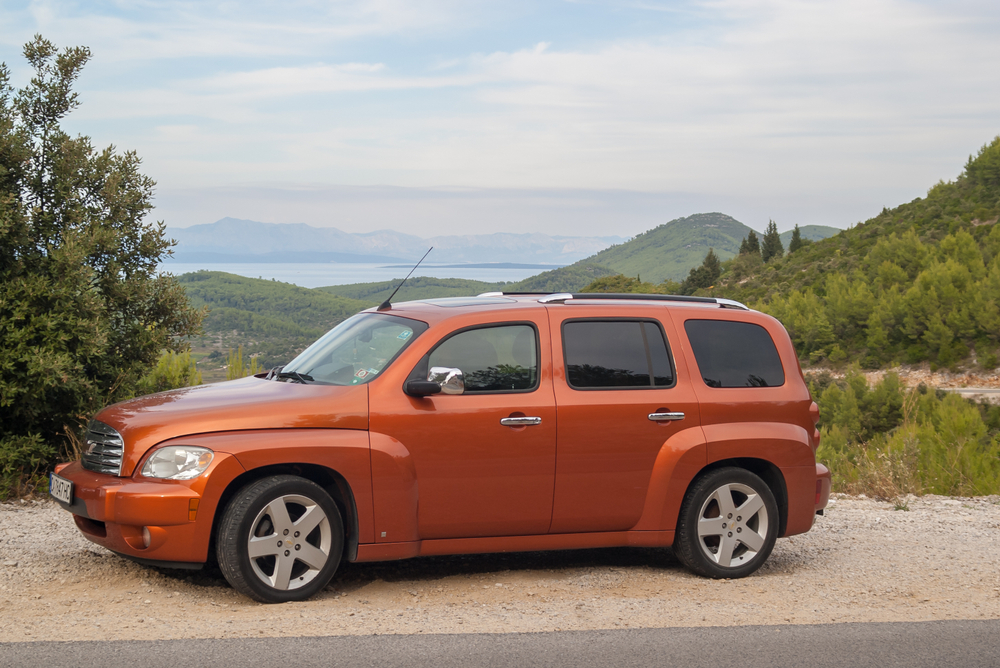
The Chevrolet HHR, produced from 2006 to 2011, was designed to evoke the look of the 1940s Chevrolet Suburban. However, its retro design, with rounded fenders and a high roofline, failed to appeal to modern consumers. The HHR’s 2.2-liter and 2.4-liter four-cylinder engines offered modest performance, but its styling and lack of refinement limited its popularity.
Suzuki X-90 (1995-1997)

The Suzuki X-90, produced from 1995 to 1997, was a two-door, two-seat SUV with a bizarre design. Its rounded body, removable T-tops, and high stance made it look more like a toy than a practical vehicle. The X-90’s 1.6-liter four-cylinder engine provided limited power, and its unusual styling failed to attract a significant following, leading to its short production run.
Chrysler PT Cruiser (2000-2010)
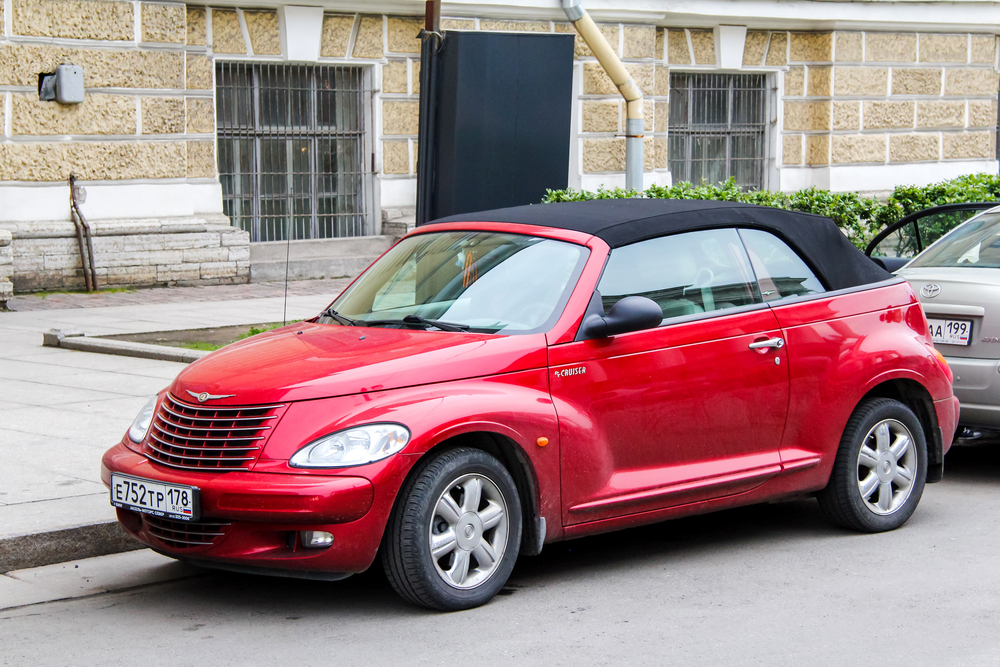
The Chrysler PT Cruiser, produced from 2000 to 2010, featured a retro-inspired design that initially garnered attention but quickly became dated. Its bulbous fenders, high roofline, and upright stance made it look awkward and out of place among more modern vehicles. Despite its practical interior and 2.4-liter four-cylinder engine, the PT Cruiser’s styling became a liability, contributing to its eventual discontinuation.
Jeep Compass (First Generation) (2007-2017)
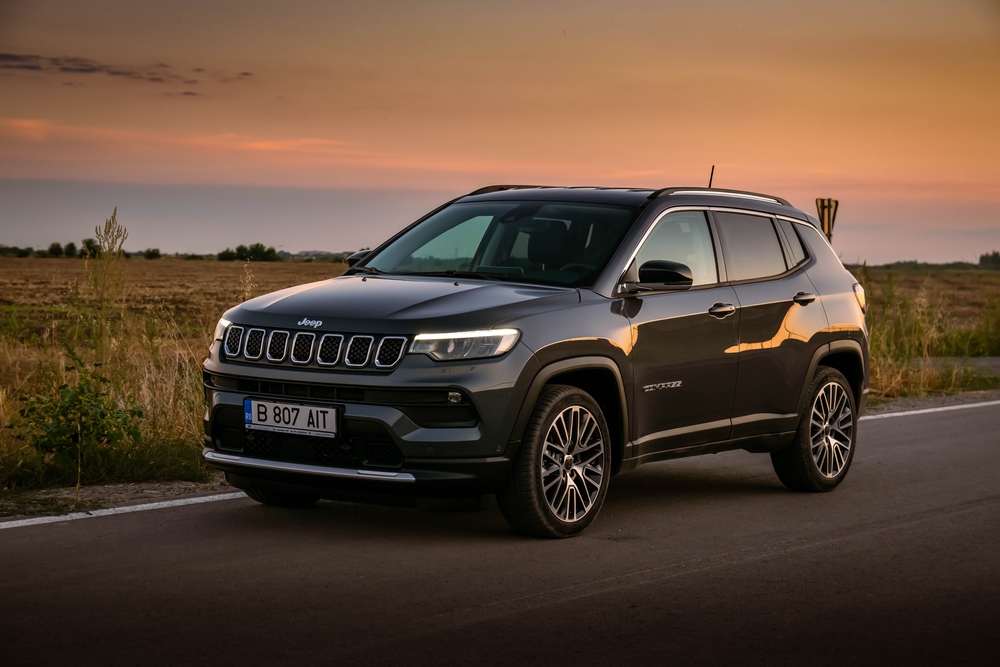
The first-generation Jeep Compass, introduced in 2007, was criticized for its bland and uninspired design. Its rounded edges, lack of distinctive Jeep styling cues, and awkward proportions failed to appeal to SUV enthusiasts. The Compass’s 2.4-liter four-cylinder engine and off-road capabilities couldn’t compensate for its lackluster appearance, leading to significant redesigns in subsequent generations.
Mitsubishi Mirage (2013-Present)
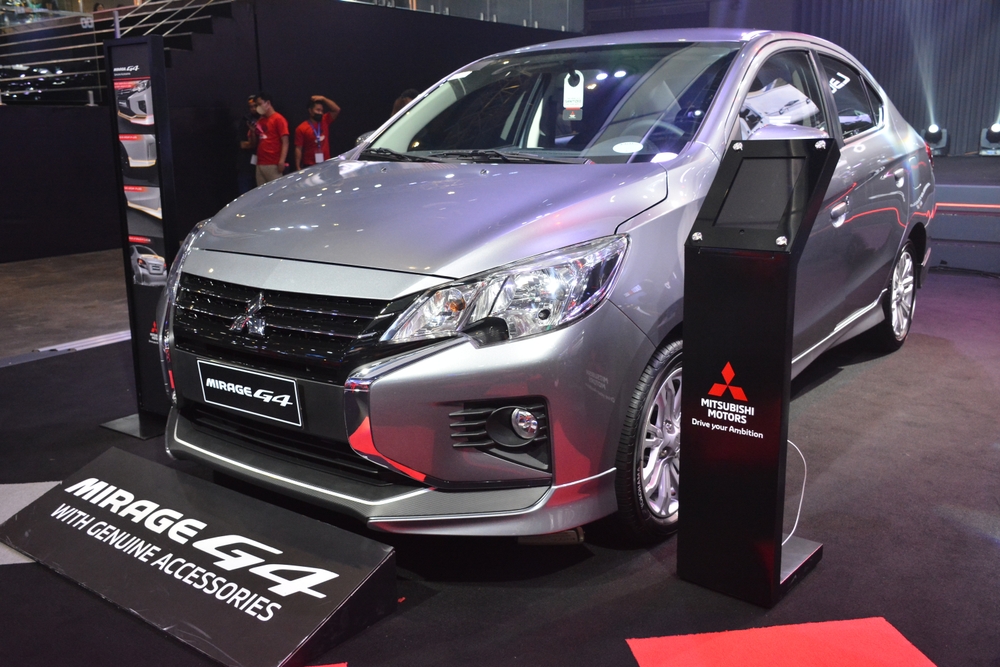
The Mitsubishi Mirage, introduced in 2013, is a subcompact car known for its affordability and fuel efficiency. However, its uninspired and bland design, with a small, narrow body and lack of visual appeal, has been widely criticized. Despite its practical 1.2-liter three-cylinder engine and low running costs, the Mirage’s lack of style has made it a less attractive option in a competitive market.
Fiat Multipla (1998-2010)

The Fiat Multipla, produced from 1998 to 2010, is often cited as one of the ugliest cars ever made. Its unusual design, with a narrow, bulbous front end, high-mounted headlights, and wide body, made it look awkward and unappealing. Despite its practical interior and innovative three-abreast seating arrangement, the Multipla’s styling overshadowed its functionality, leading to poor sales and a negative reputation.
Pontiac Trans Sport (1990-1996)
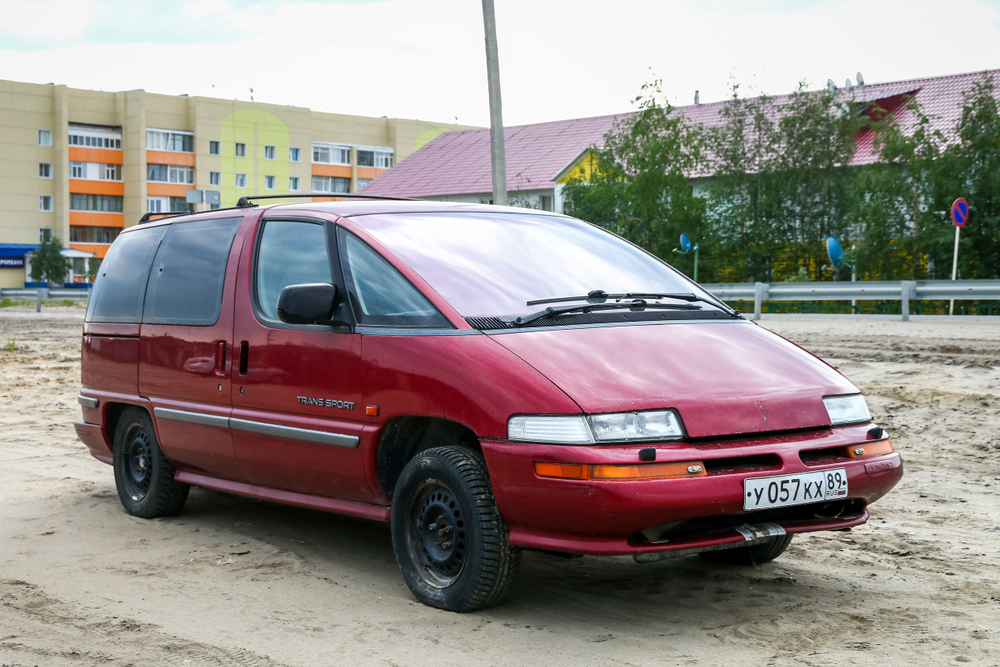
The Pontiac Trans Sport, produced from 1990 to 1996, was a minivan with a futuristic, but ultimately unattractive, design. Its long, pointed nose, large windows, and plastic body panels gave it a distinctive but awkward appearance. The Trans Sport’s 3.1-liter V6 engine offered decent performance, but its unconventional styling failed to attract buyers, leading to its redesign and rebranding as the Pontiac Montana.
Honda Crosstour (2010-2015)
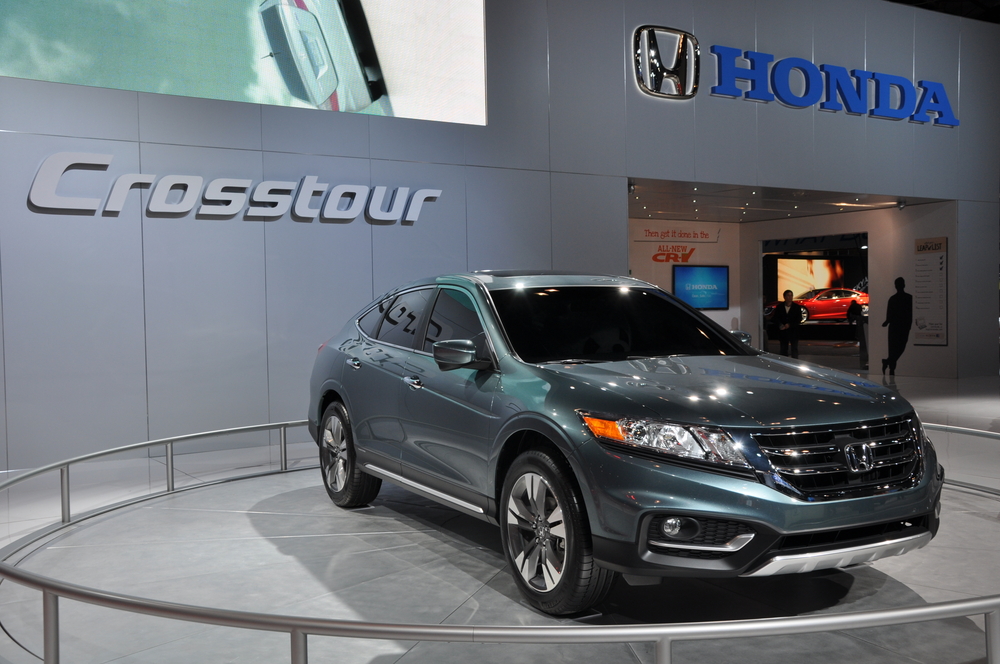
The Honda Crosstour, introduced in 2010, was a crossover with a design that tried to blend elements of a sedan and an SUV but missed the mark. Its sloping roofline, high ride height, and awkward rear end made it look ungainly and unappealing. Despite its powerful V6 engine and comfortable interior, the Crosstour’s styling failed to resonate with consumers, leading to its discontinuation in 2015.
Nissan Murano CrossCabriolet (2011-2014)
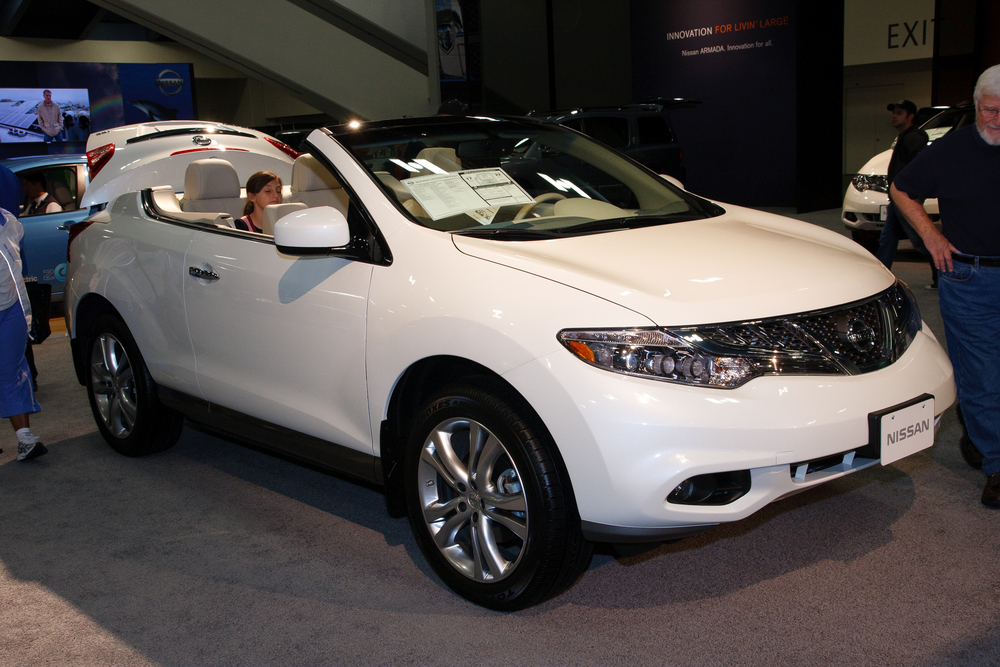
The Nissan Murano CrossCabriolet, produced from 2011 to 2014, was a convertible SUV that received widespread criticism for its awkward design. Its high ride height, bulky body, and soft top created a disjointed and unattractive look. Despite its unique concept and 3.5-liter V6 engine, the CrossCabriolet’s styling and impracticality led to poor sales and its eventual discontinuation.
Buick Rendezvous (2002-2007)
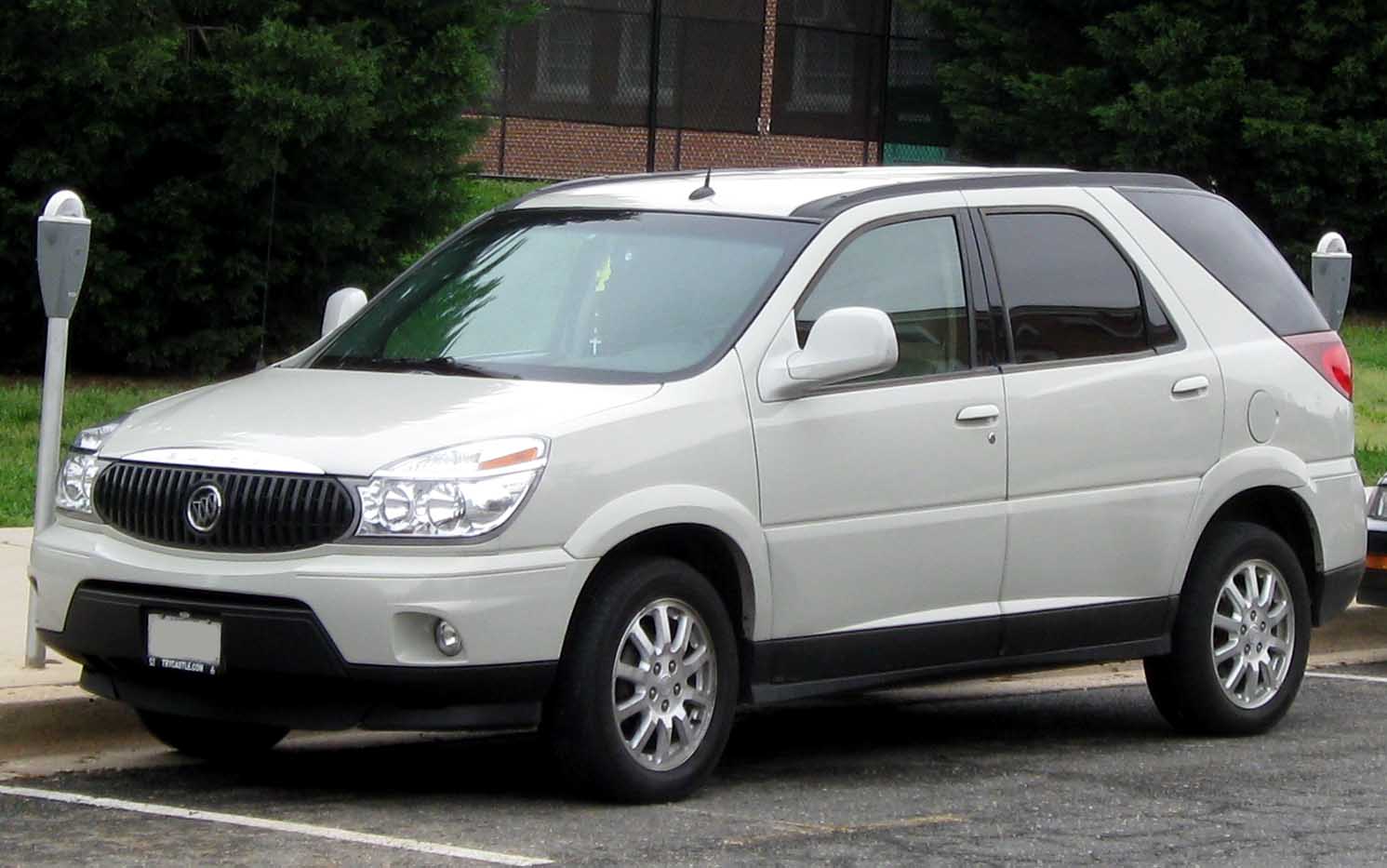
The Buick Rendezvous, produced from 2002 to 2007, was a crossover SUV with a design that failed to inspire. Its bland, boxy shape and lack of distinctive styling cues made it look dated and unappealing. Despite its practical interior and available all-wheel drive, the Rendezvous’s uninspired design and mediocre performance contributed to its lackluster reception.
Lincoln Blackwood (2002)
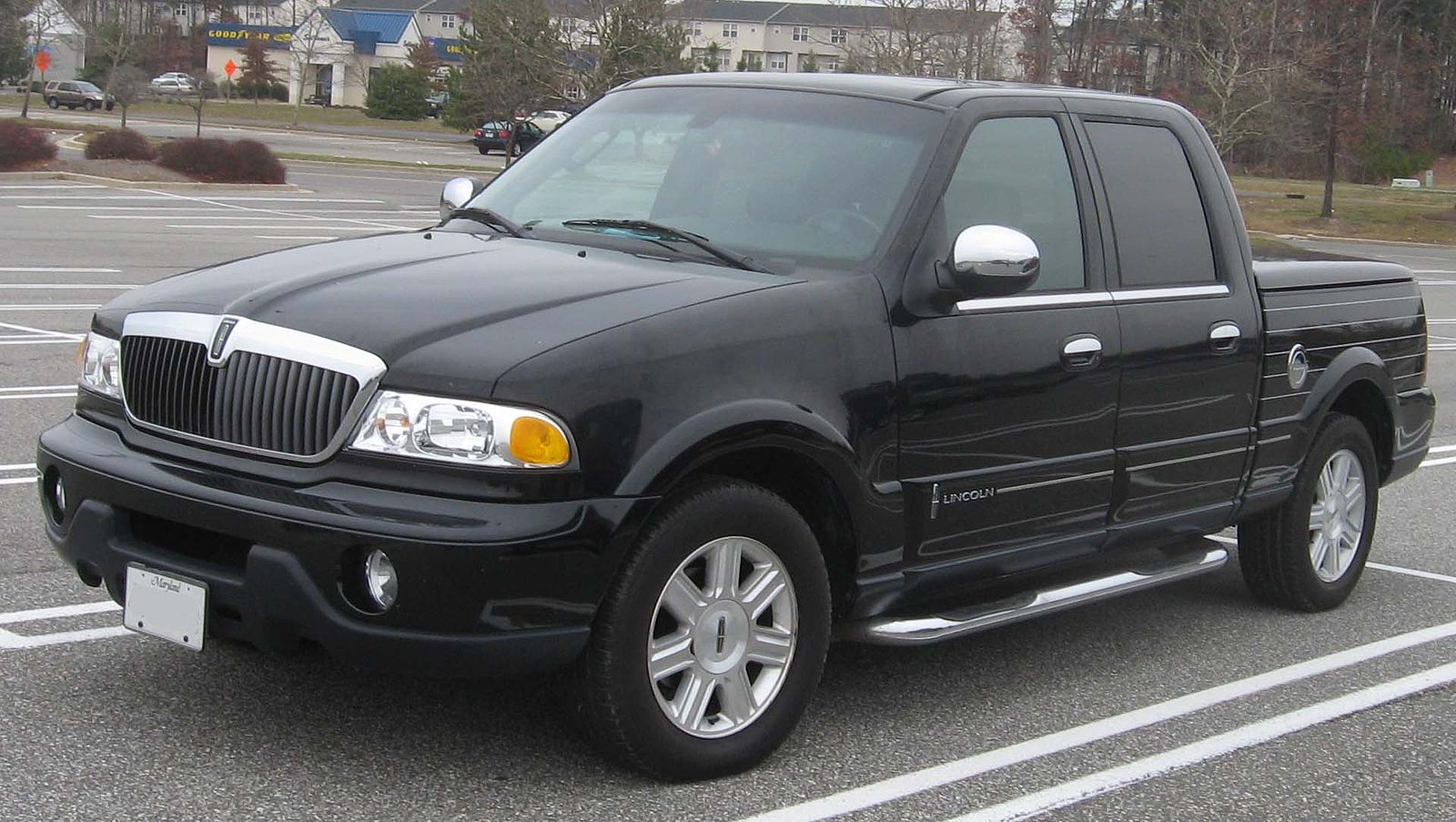
The Lincoln Blackwood, produced for just one year in 2002, was a luxury pickup truck that missed the mark on style and practicality. Its unusual design, with a fixed tonneau cover and limited cargo space, made it less functional than other trucks. The Blackwood’s 5.4-liter V8 engine offered good performance, but its awkward styling and high price tag led to poor sales and a short production run.
Chevrolet SSR (2003-2006)
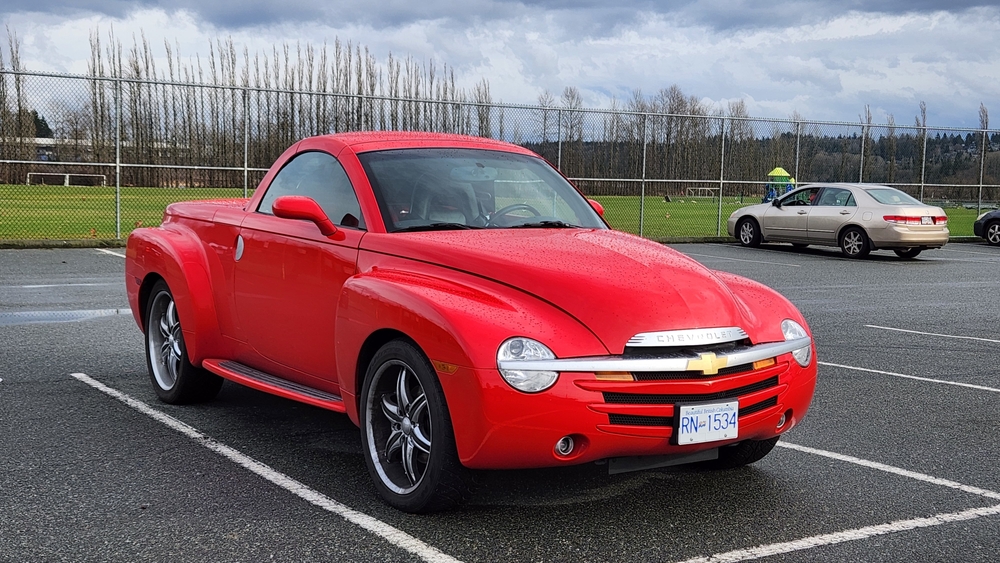
The Chevrolet SSR, produced from 2003 to 2006, was a retro-styled pickup truck with a retractable hardtop. Despite its unique concept, the SSR’s bulbous, cartoonish design and limited practicality failed to attract buyers. The SSR’s 6.0-liter V8 engine provided strong performance, but its styling and high price tag overshadowed its potential, leading to its discontinuation.
Isuzu VehiCROSS (1997-2001)
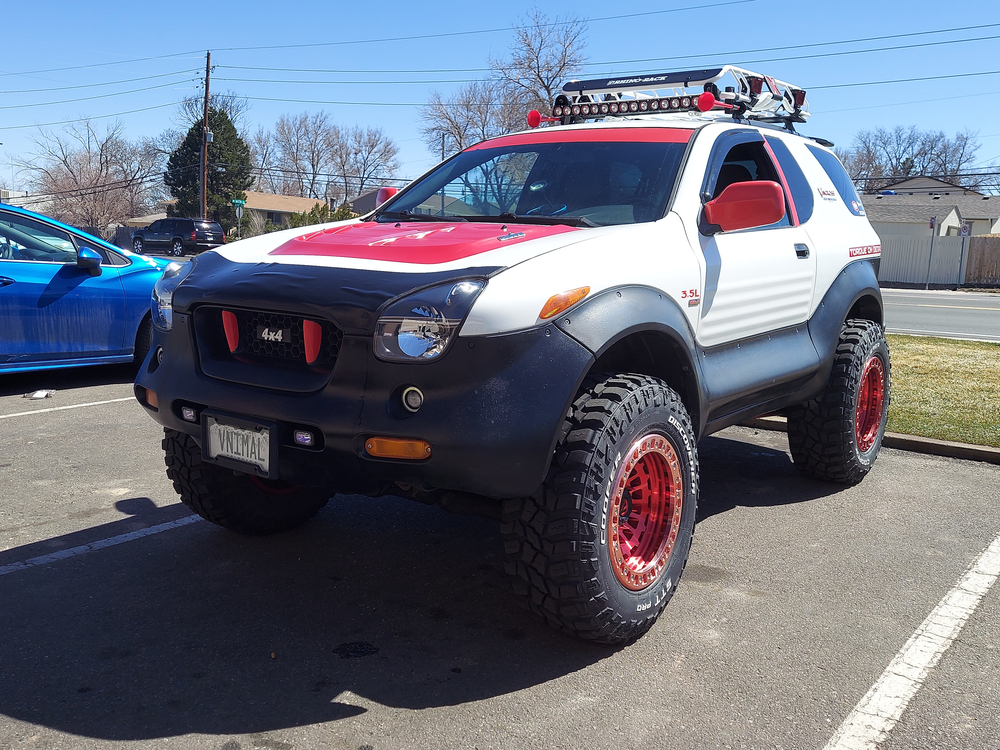
The Isuzu VehiCROSS, produced from 1997 to 2001, was an SUV with a polarizing design. Its aggressive, futuristic styling, with bold body cladding and a sloping roofline, made it look unusual and unappealing to many. Despite its advanced suspension system and off-road capabilities, the VehiCROSS’s styling limited its appeal, leading to its short production run.
SsangYong Rodius (2004-2013)
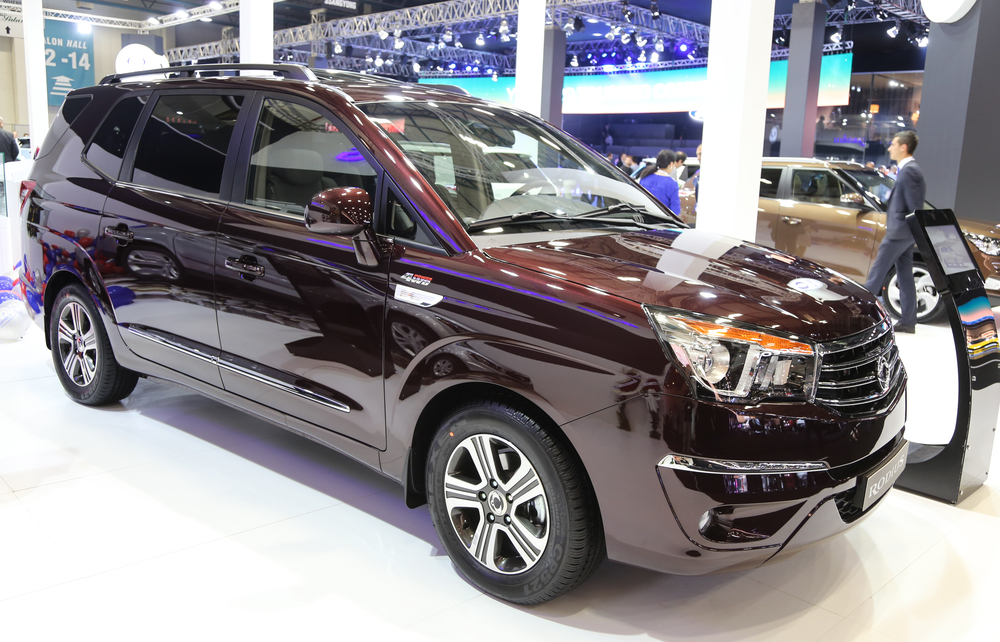
The SsangYong Rodius, produced from 2004 to 2013, is often cited as one of the ugliest vehicles ever made. Its awkward proportions, with a high roofline, bulbous rear end, and mismatched design elements, made it look ungainly and unattractive. Despite its spacious interior and practicality, the Rodius’s styling overshadowed its functionality, leading to poor sales and a negative reputation.
This article originally appeared on MyCarMakesNoise.
More from MyCarMakesNoise
8 Limited Edition Luxury Yachts Worth Investing In
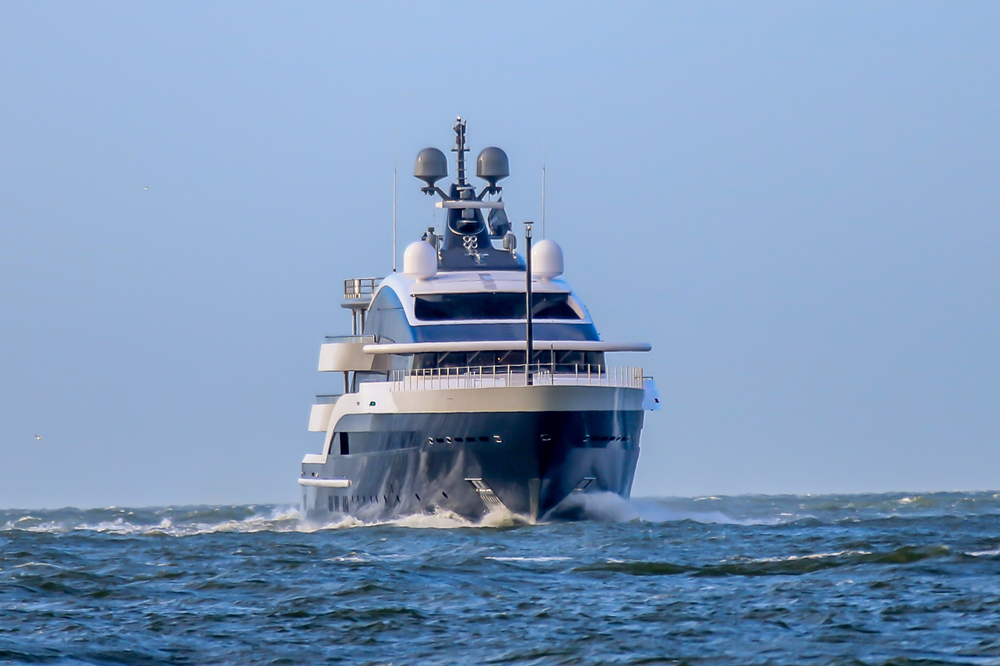
Investing in a luxury yacht is a dream for many, but finding the perfect one can be challenging. Limited edition yachts offer a unique blend of exclusivity, advanced technology, and unparalleled craftsmanship, making them highly sought after. Read More.
17 Lesser-Known Performance Cars with Impressive Specs
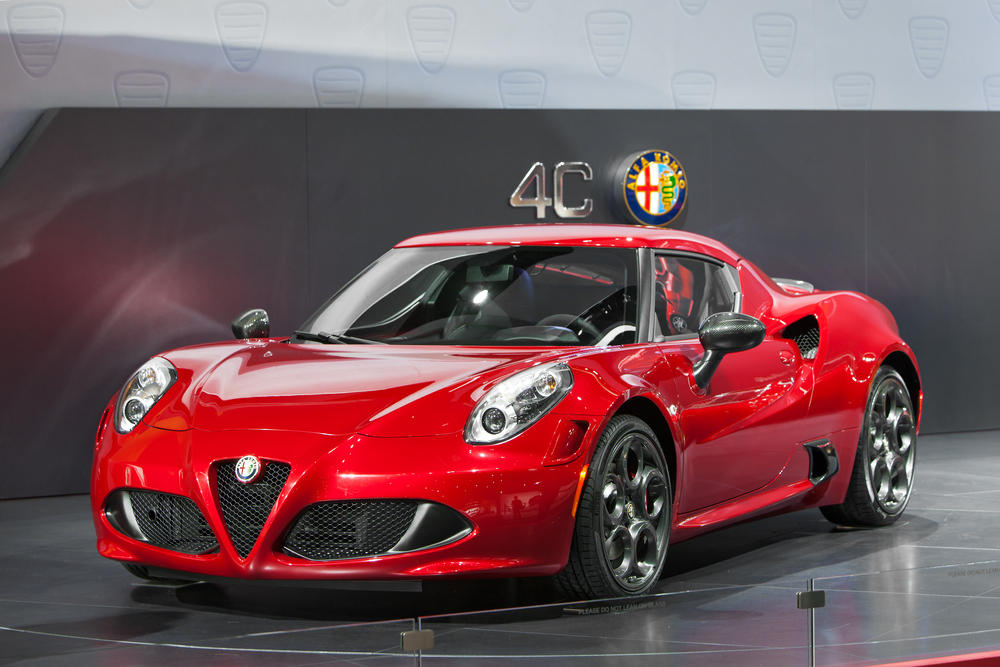
Performance cars often capture the imagination with their speed, power, and sleek designs. While iconic models like the Porsche 911 and Ferrari F8 steal the spotlight, many lesser-known performance cars offer equally impressive specs. Read More.
17 Rare Concept Cars That Became Valuable Collectibles
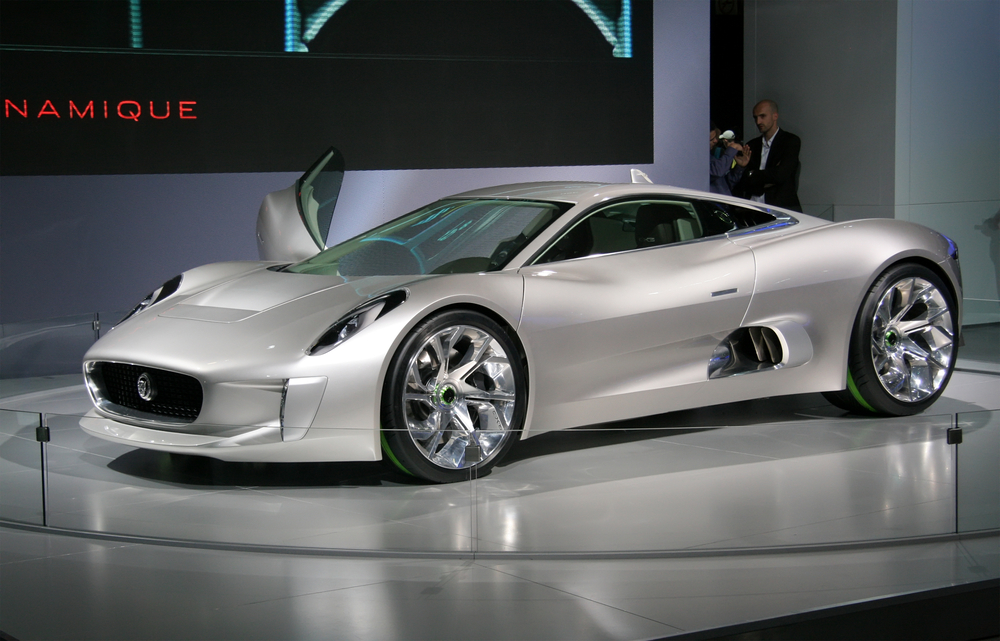
Concept cars have always fascinated car enthusiasts and collectors with their innovative designs and cutting-edge technology. Some of these rare prototypes never made it to production, yet they have become highly coveted collectibles over time. Read More.



